Day 81 - Visiting Three Temples In Kokura, and Many Other Thoughts, The Kyushu 108 Temple Pilgrimage, Japan
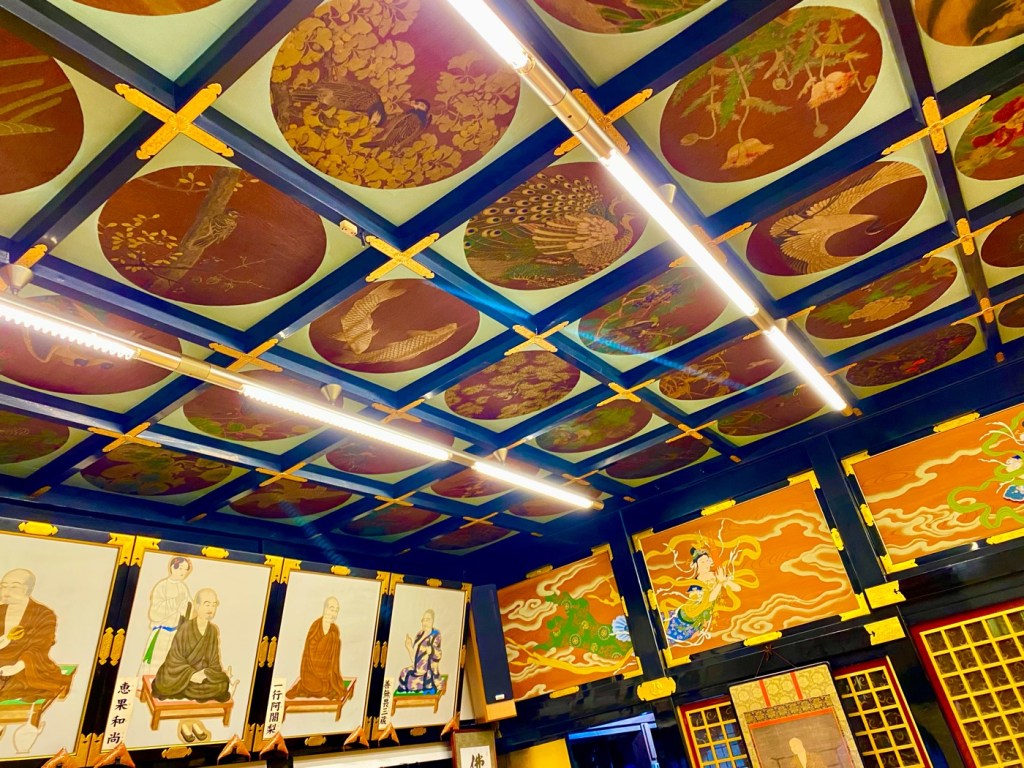
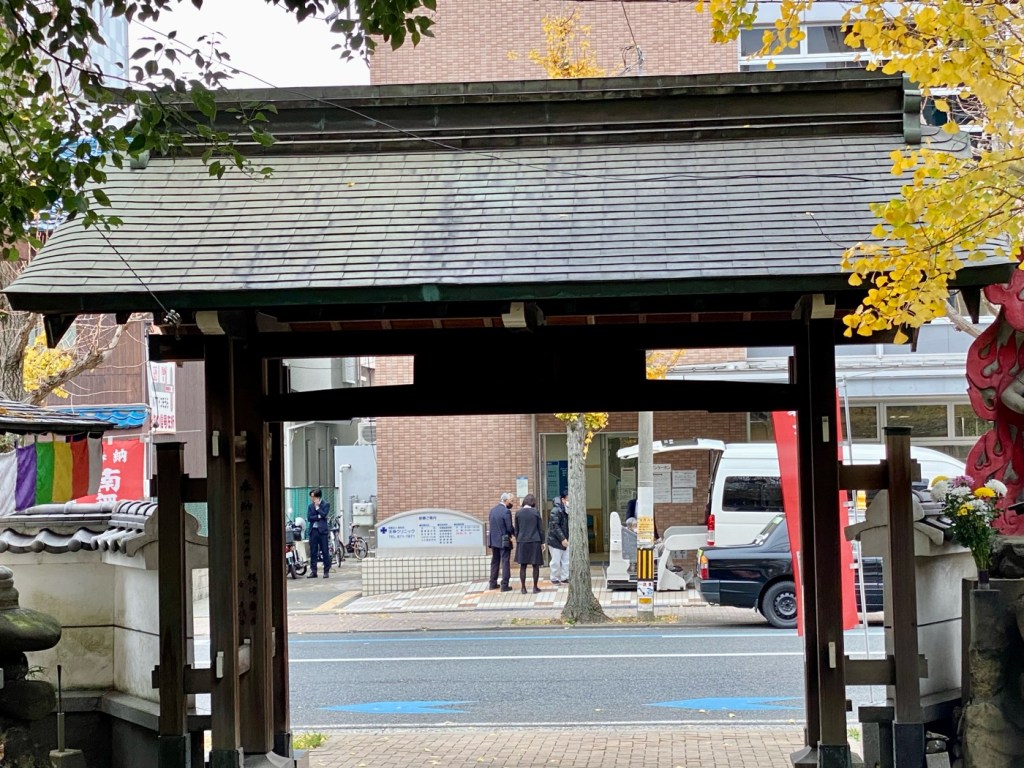
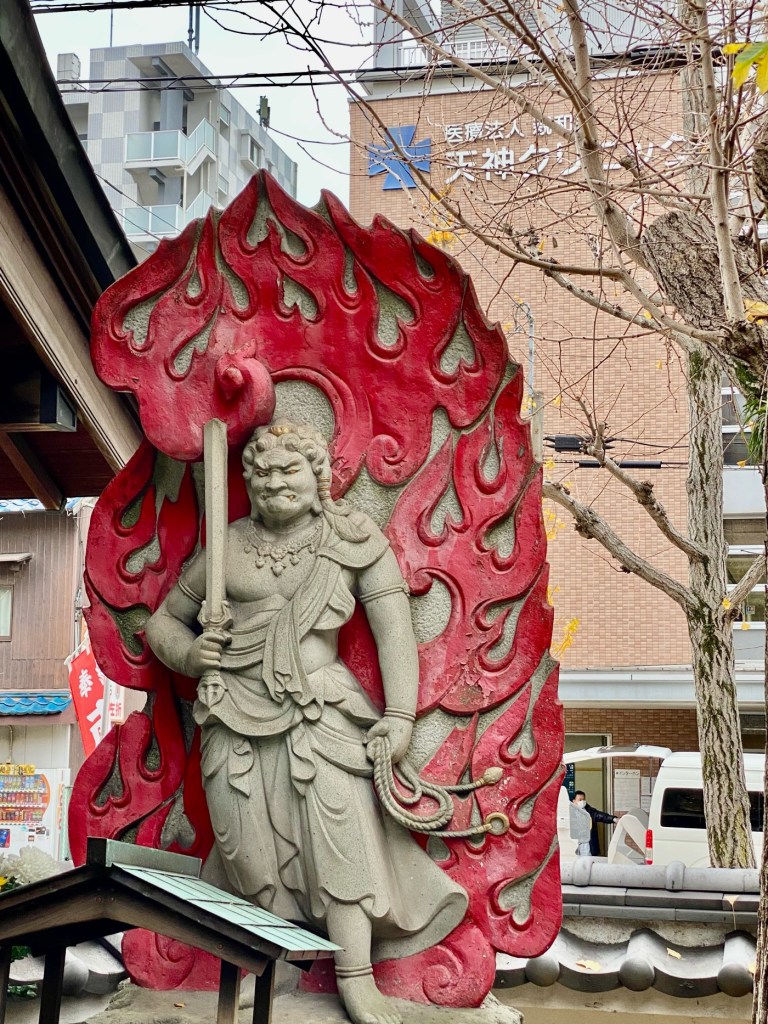
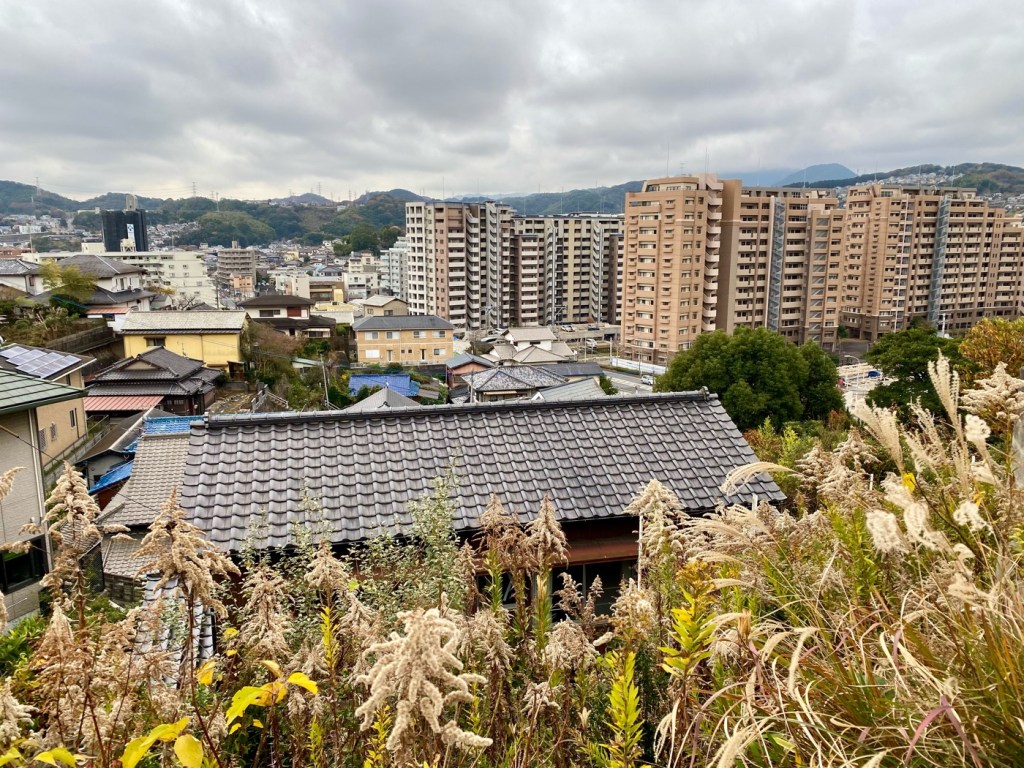

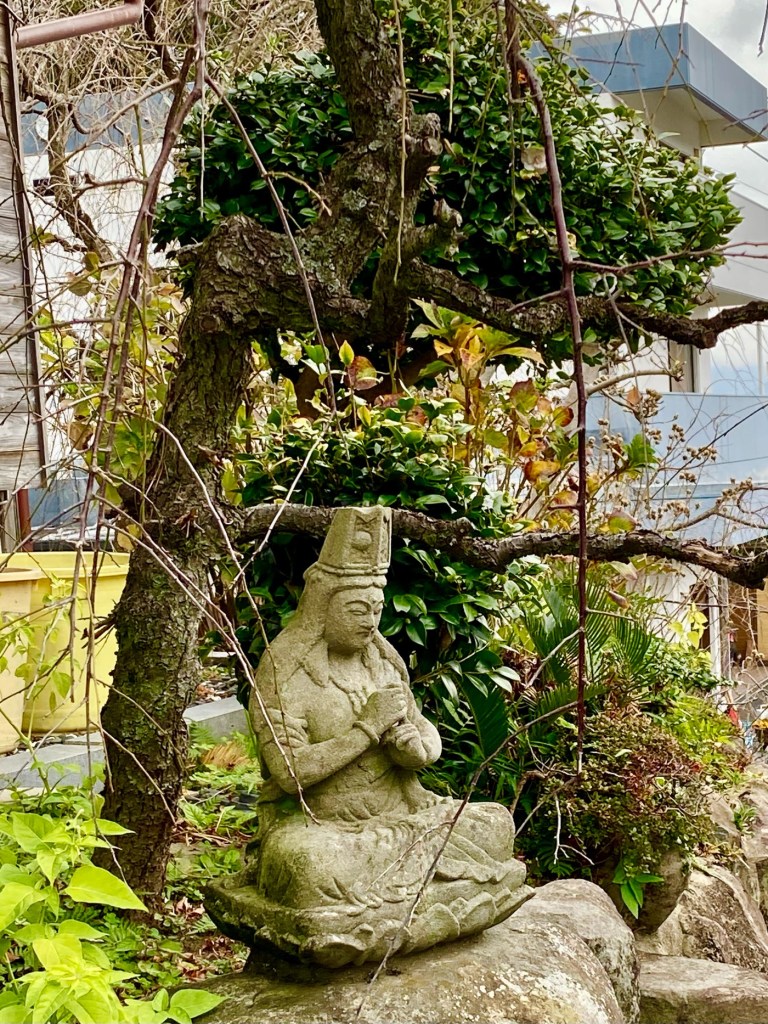
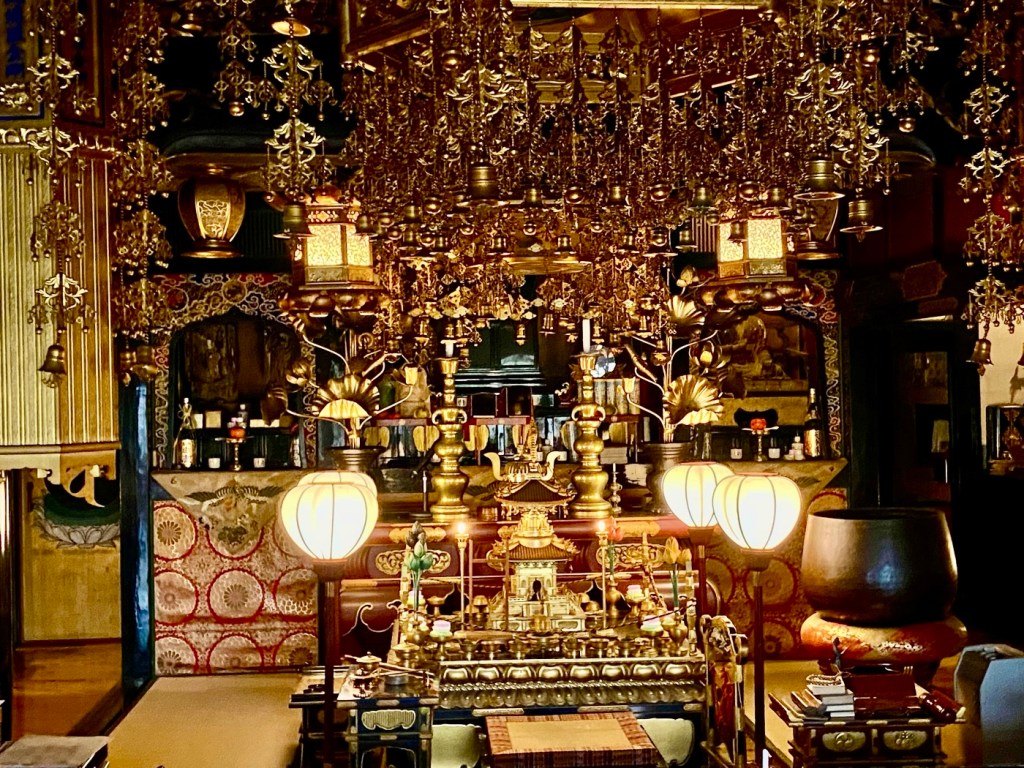
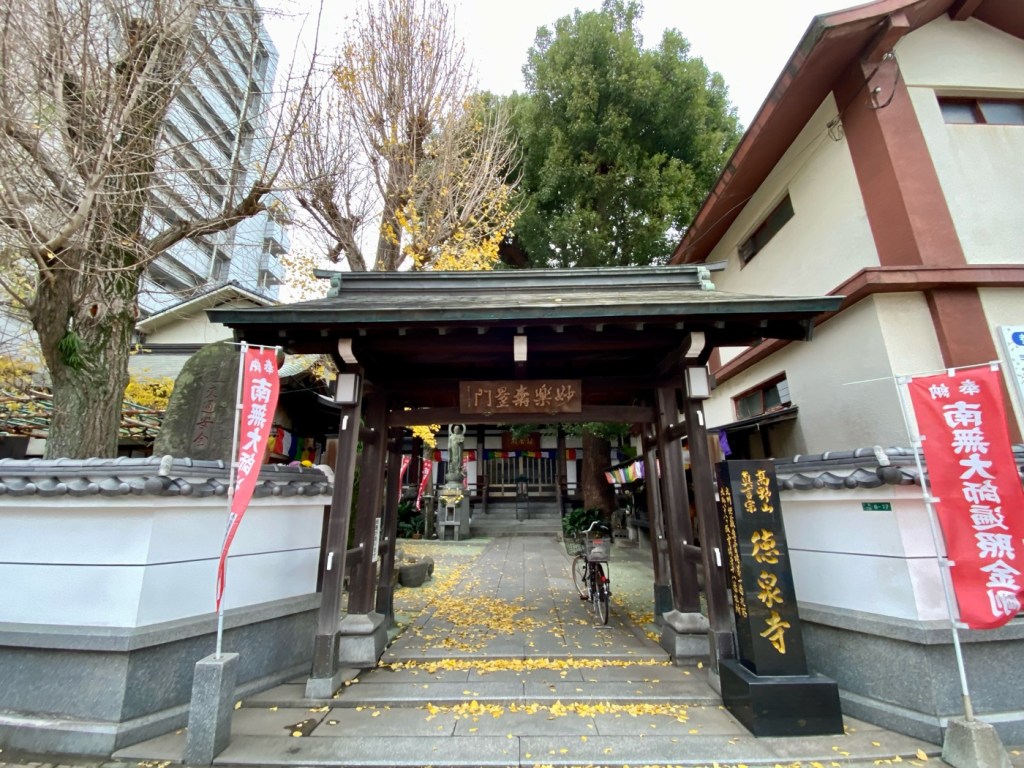
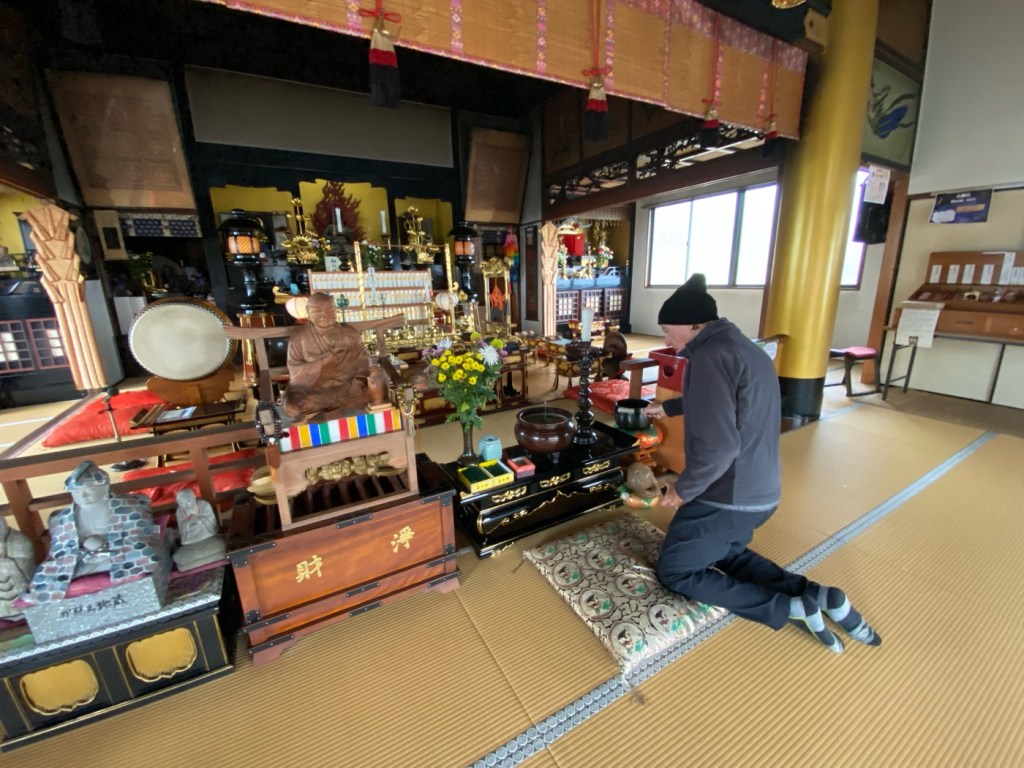

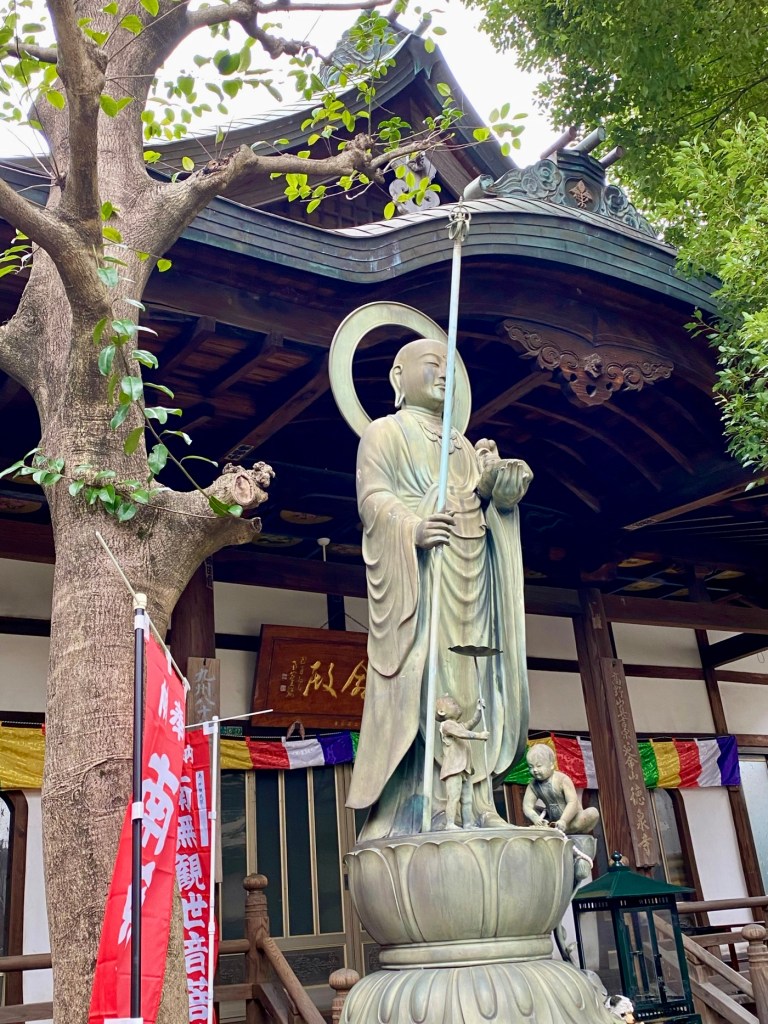
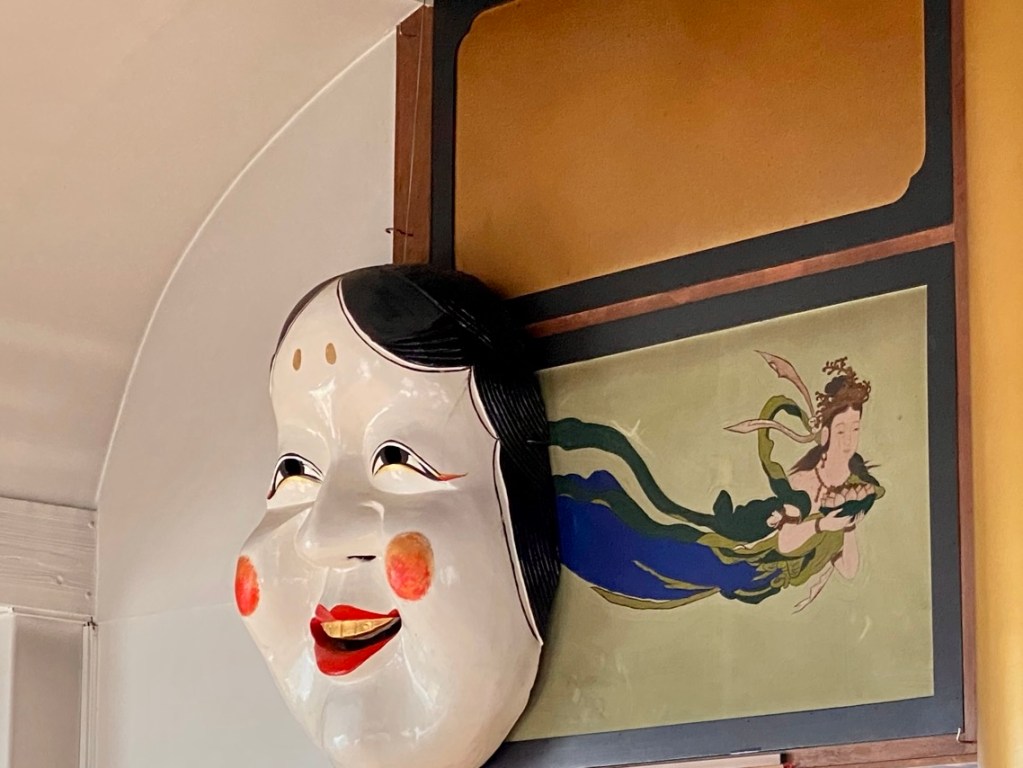
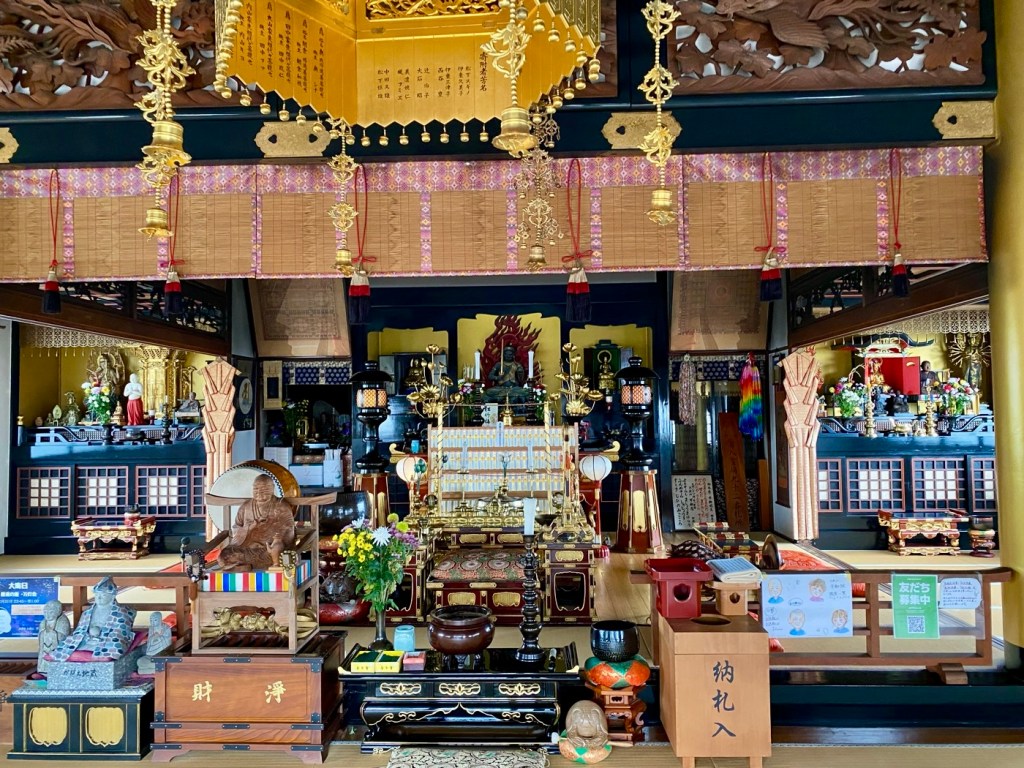
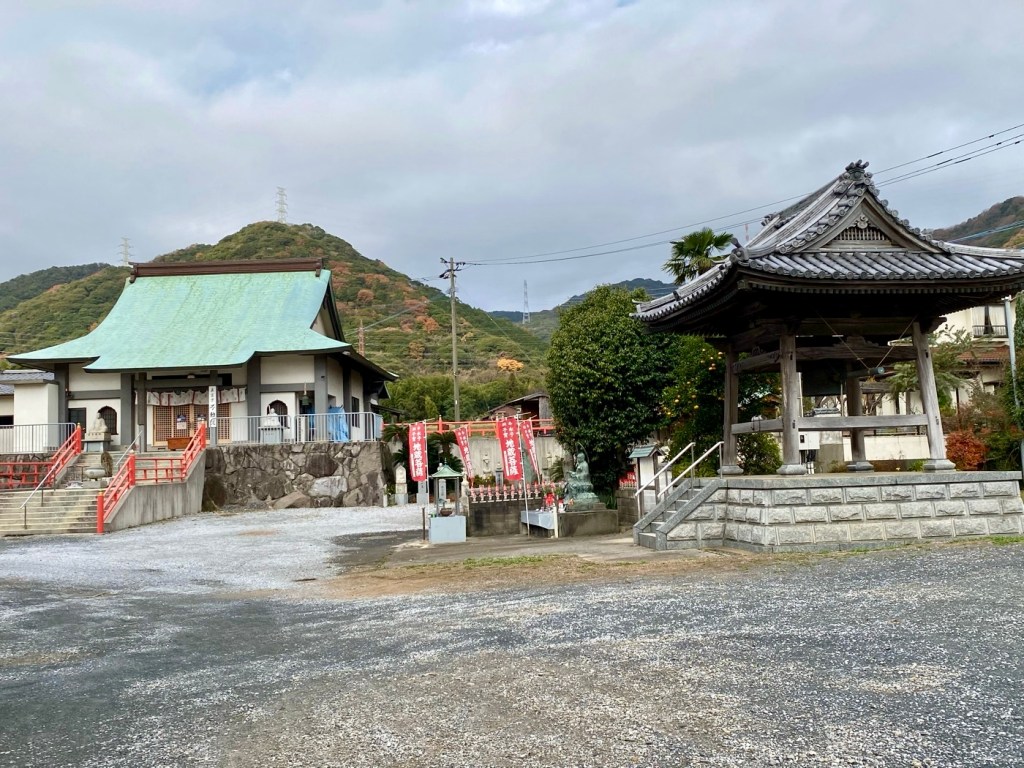
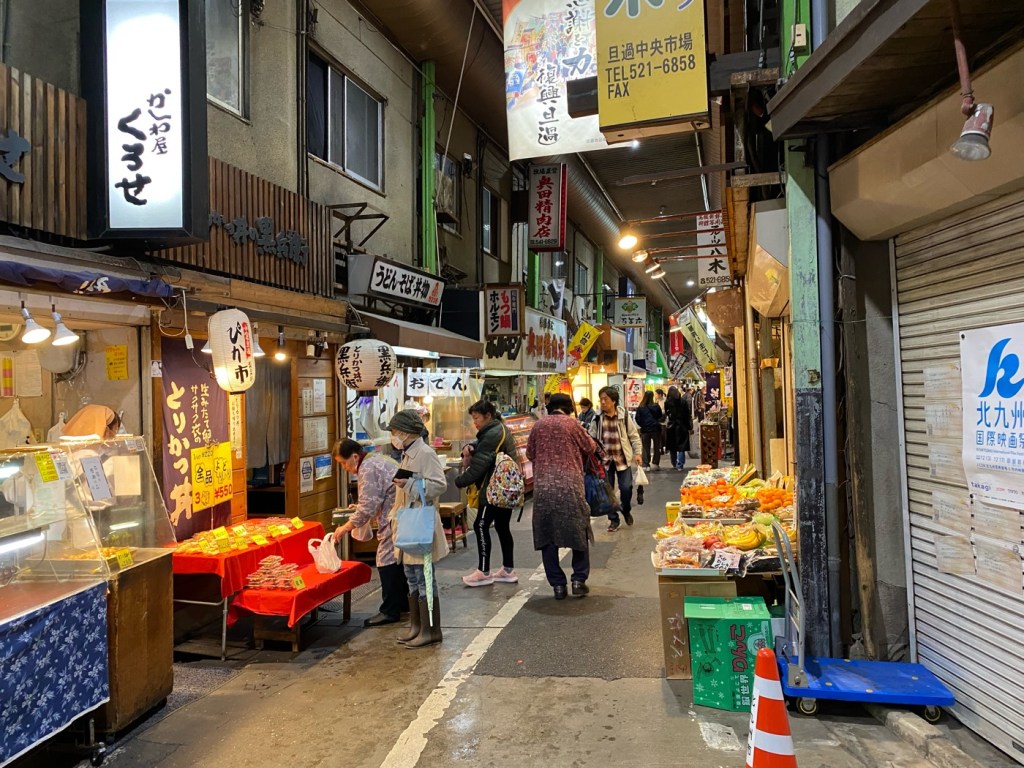
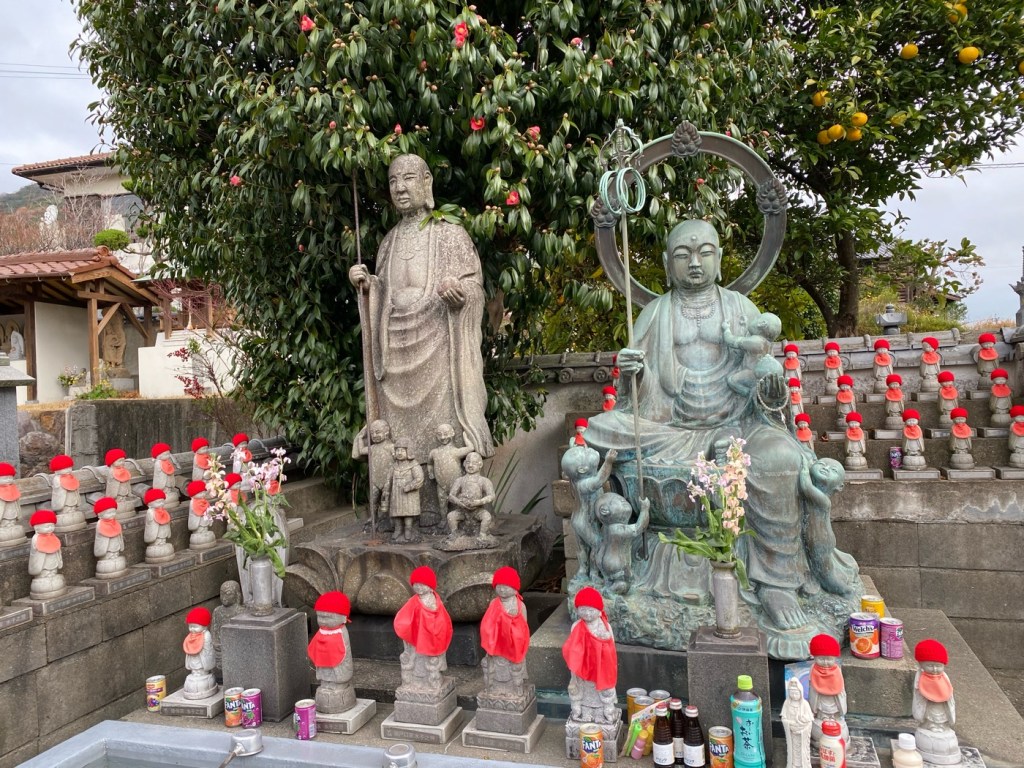
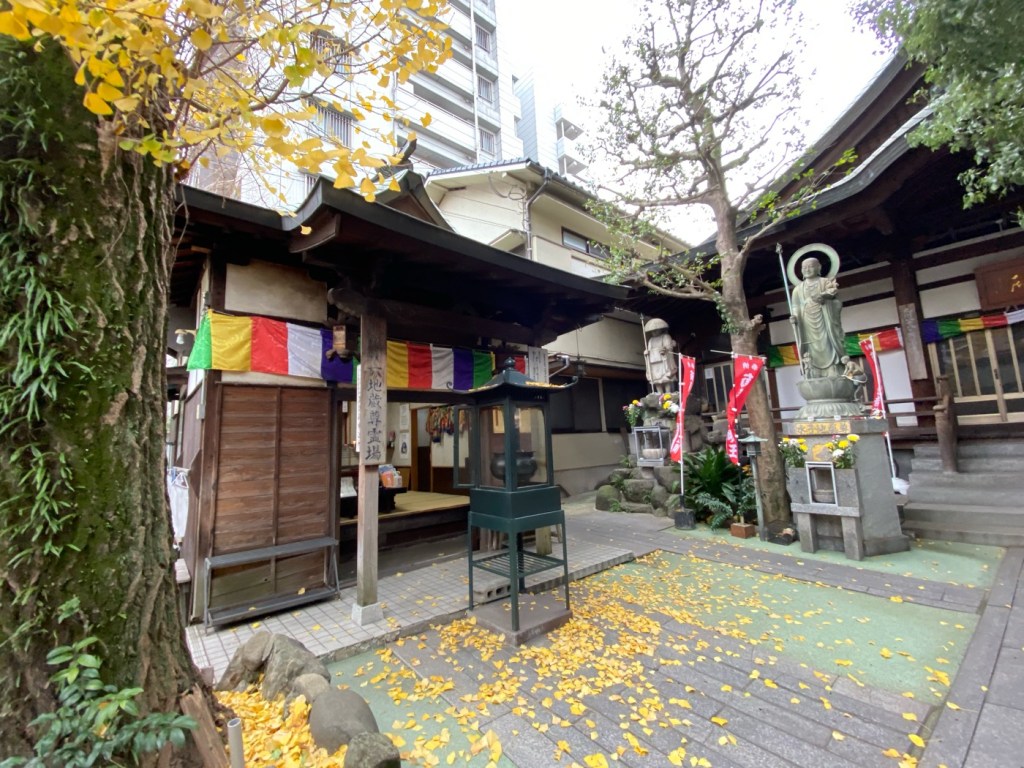
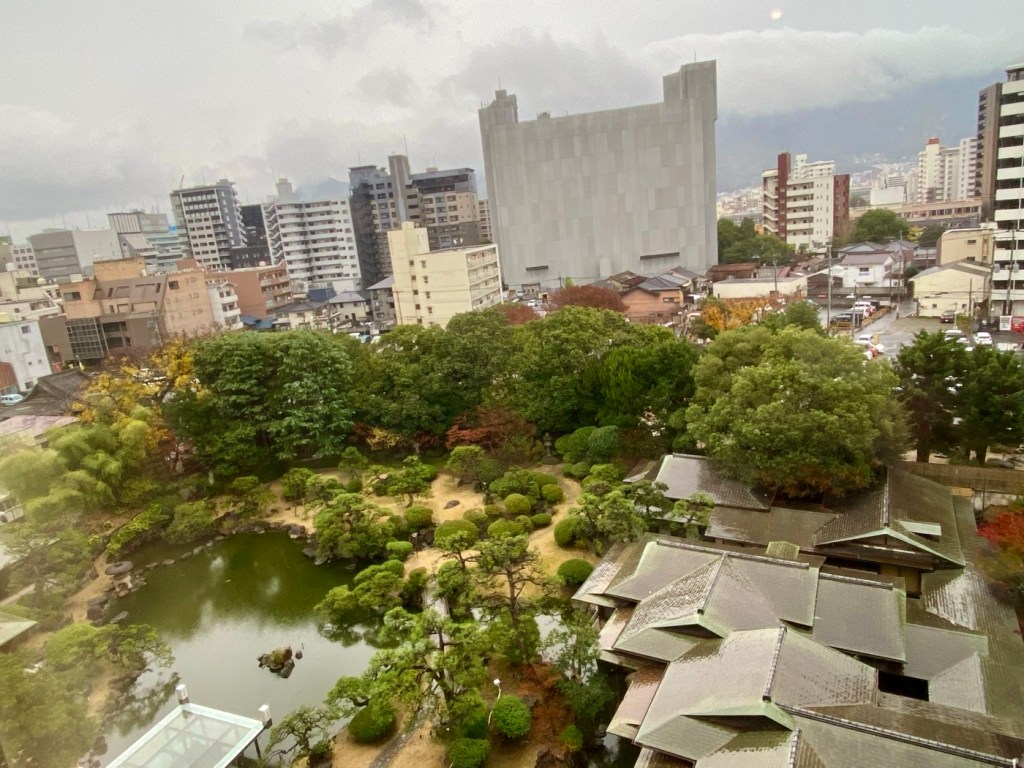
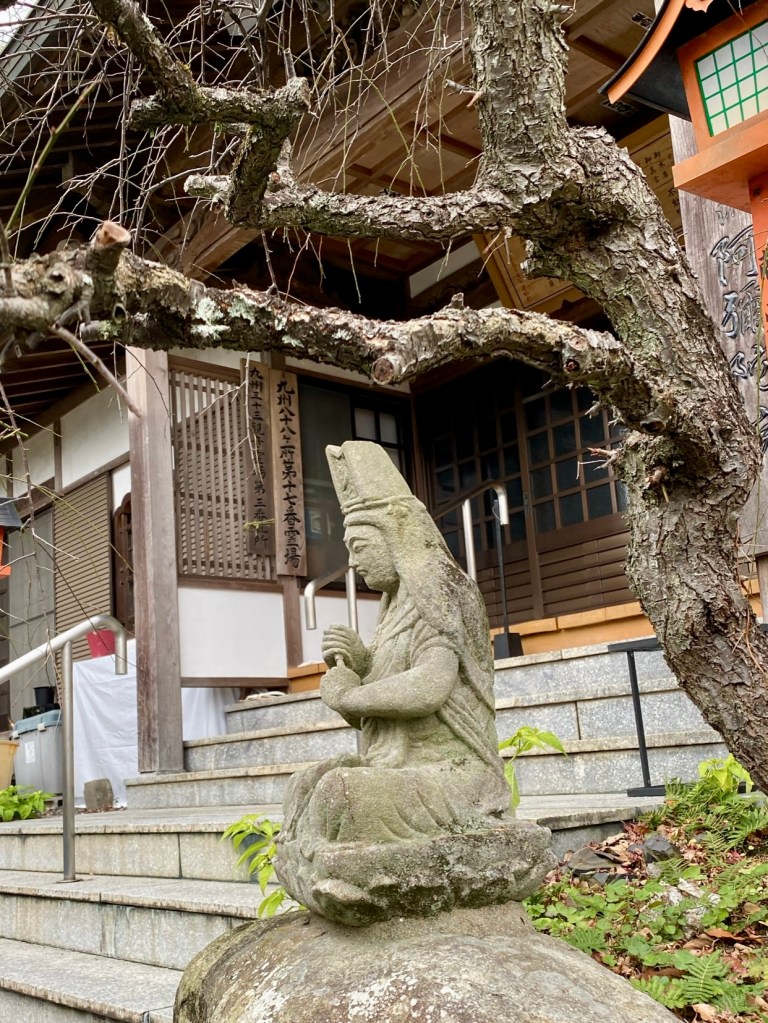
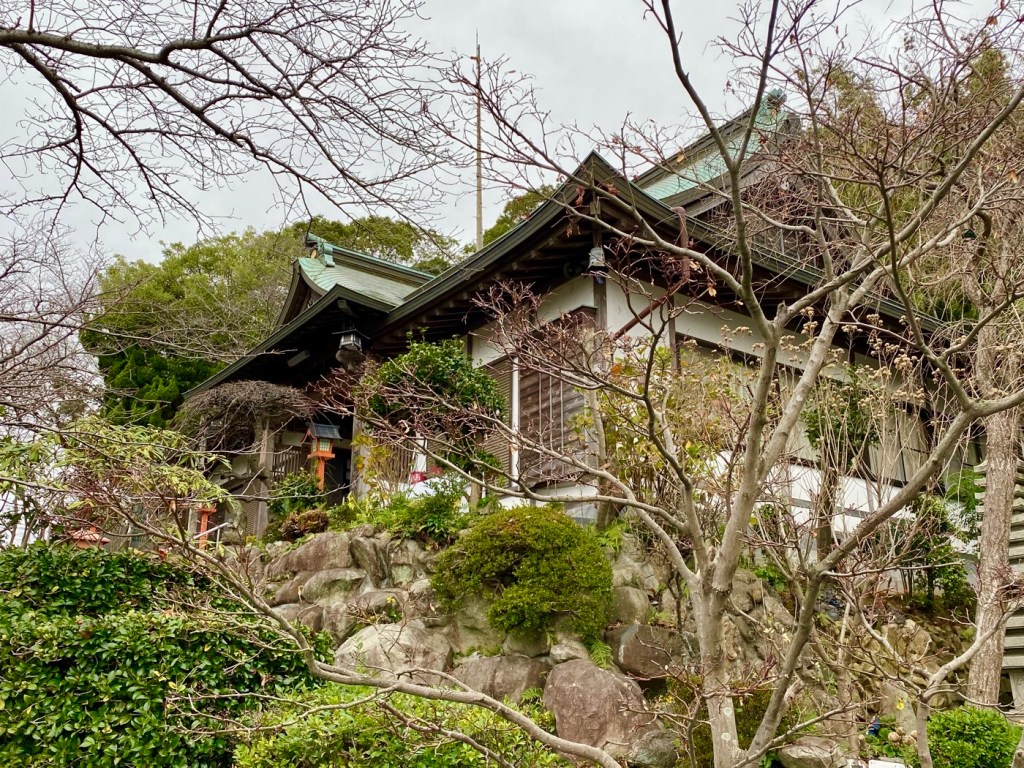
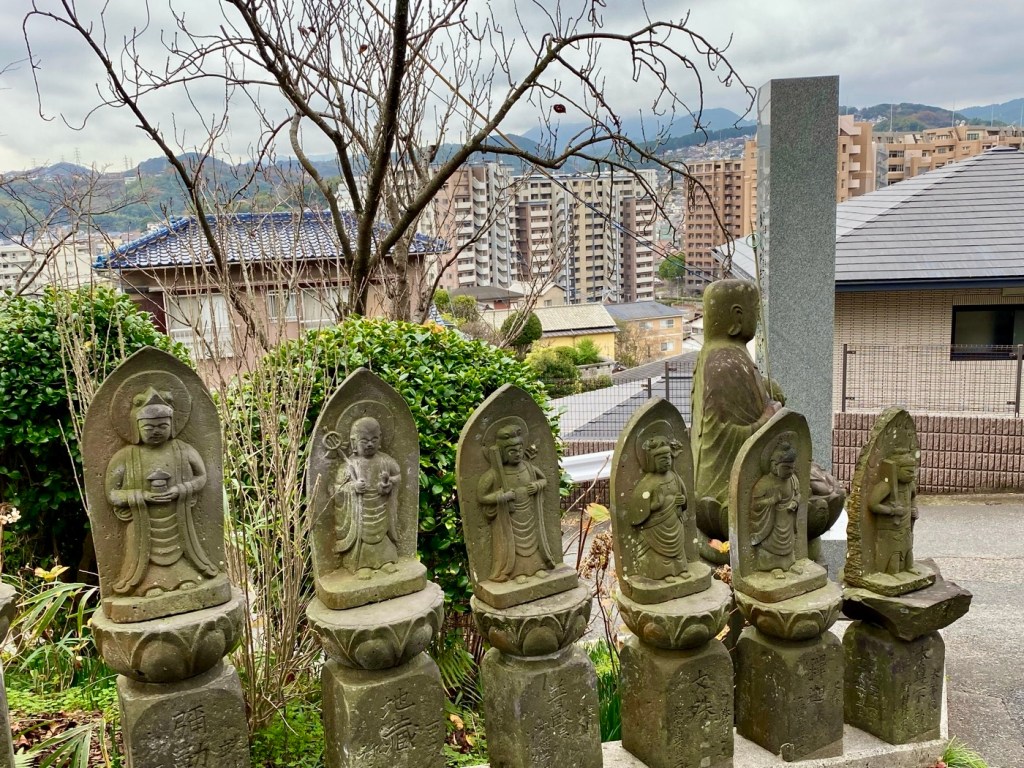
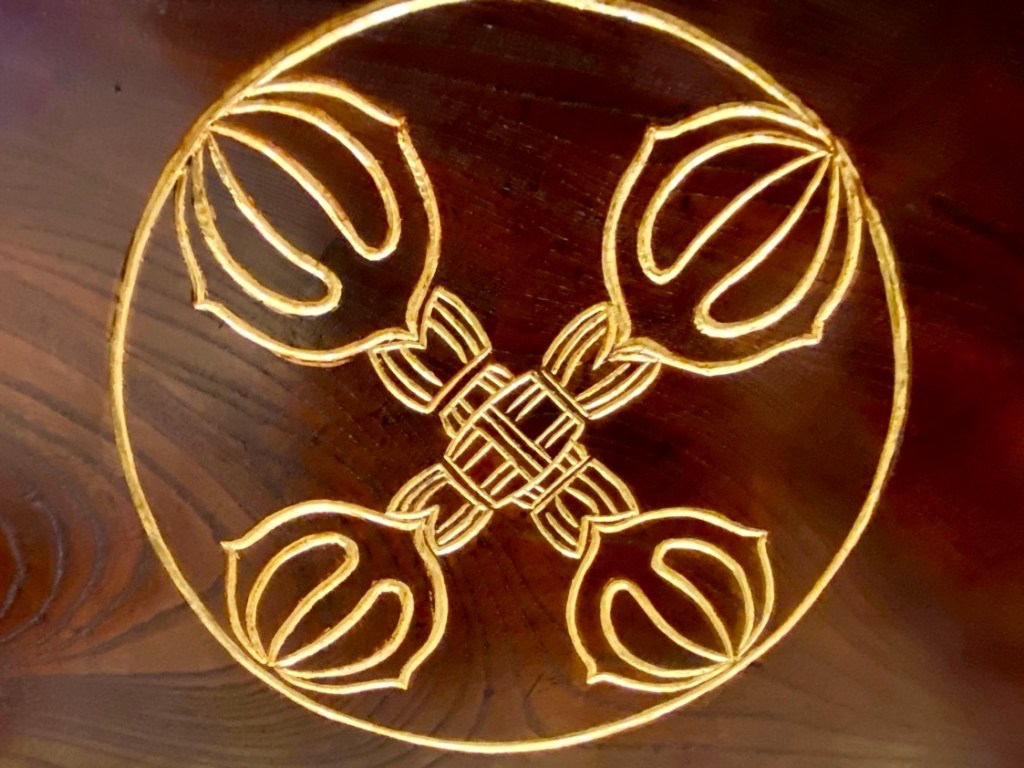
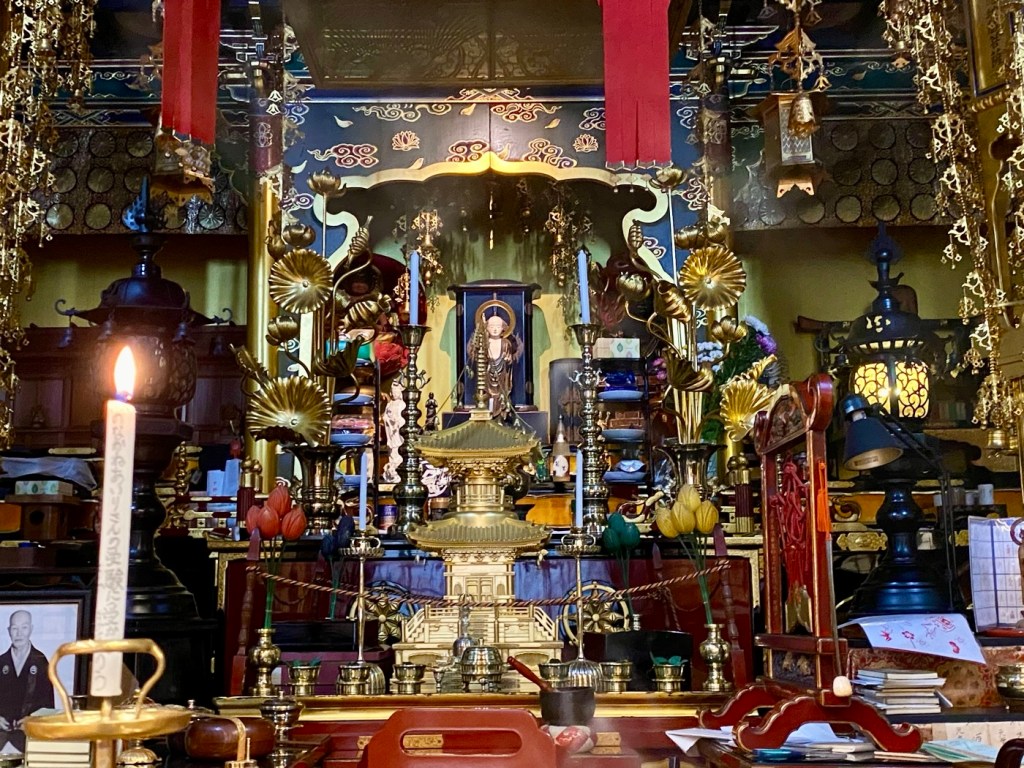
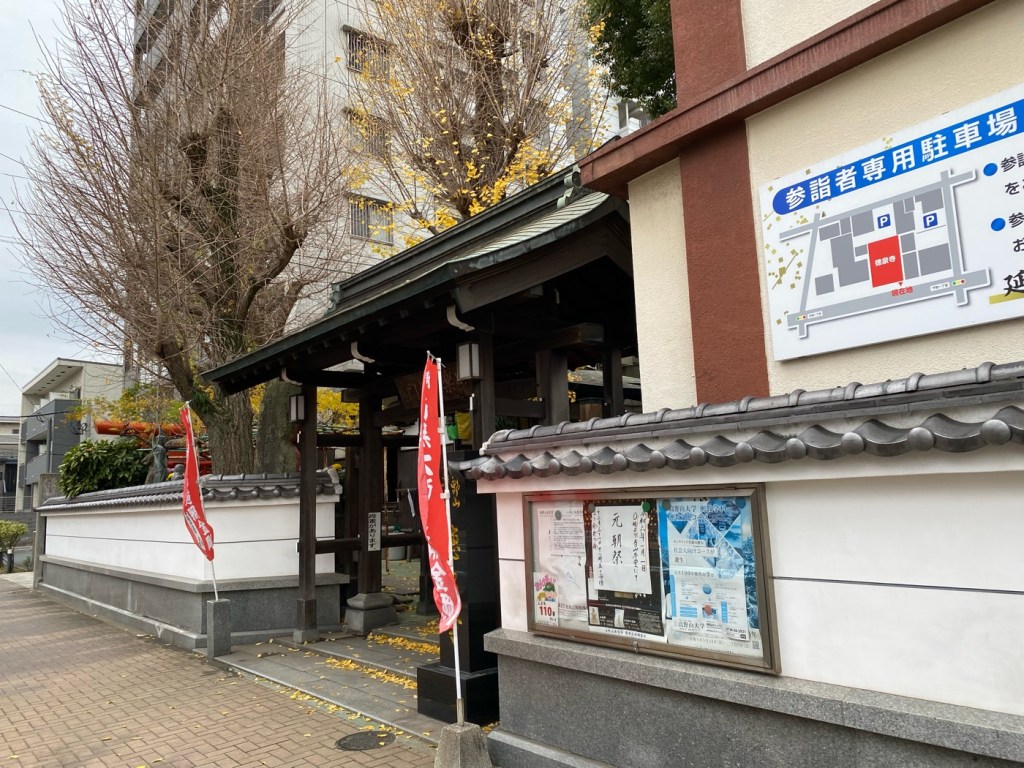
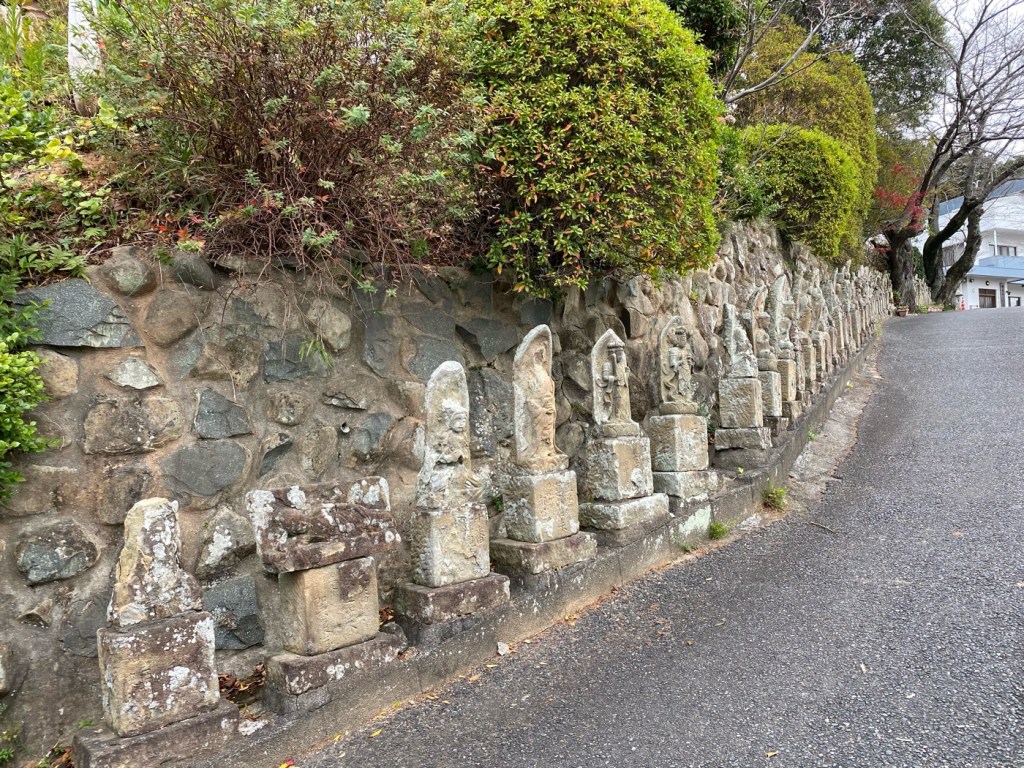
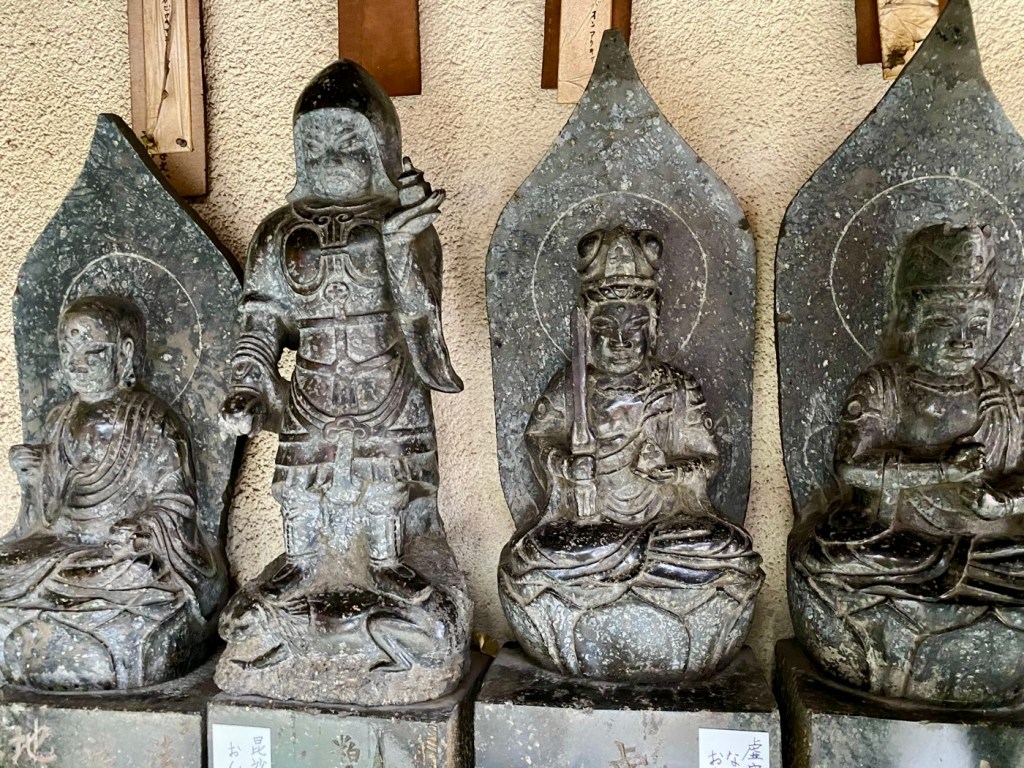
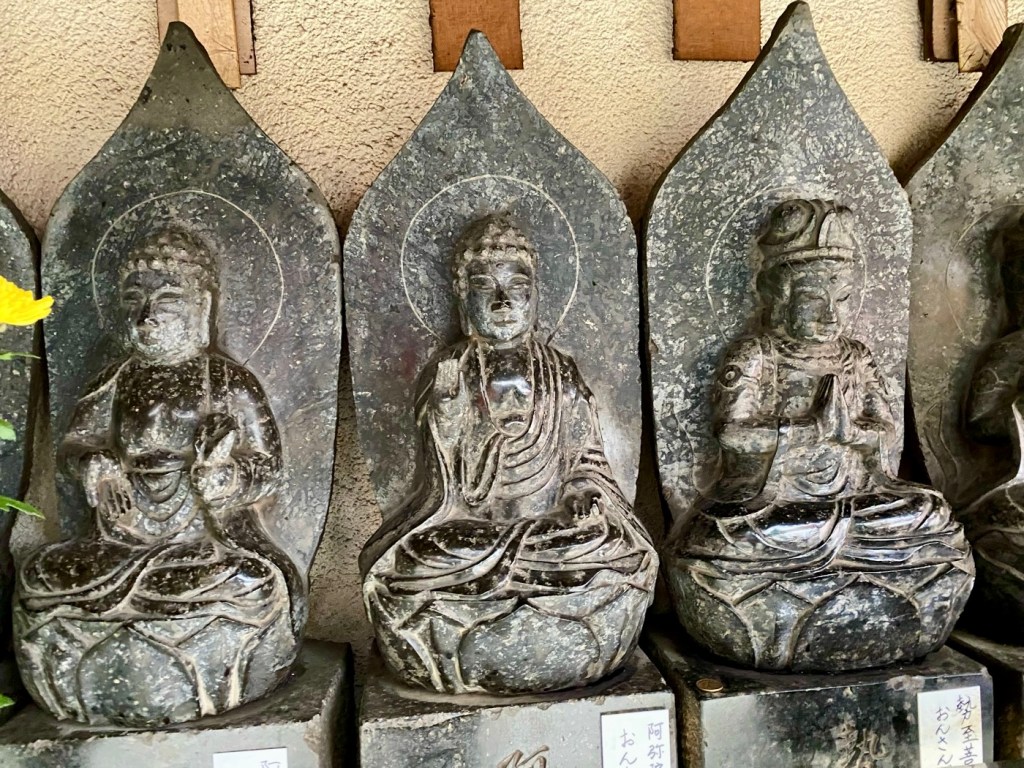
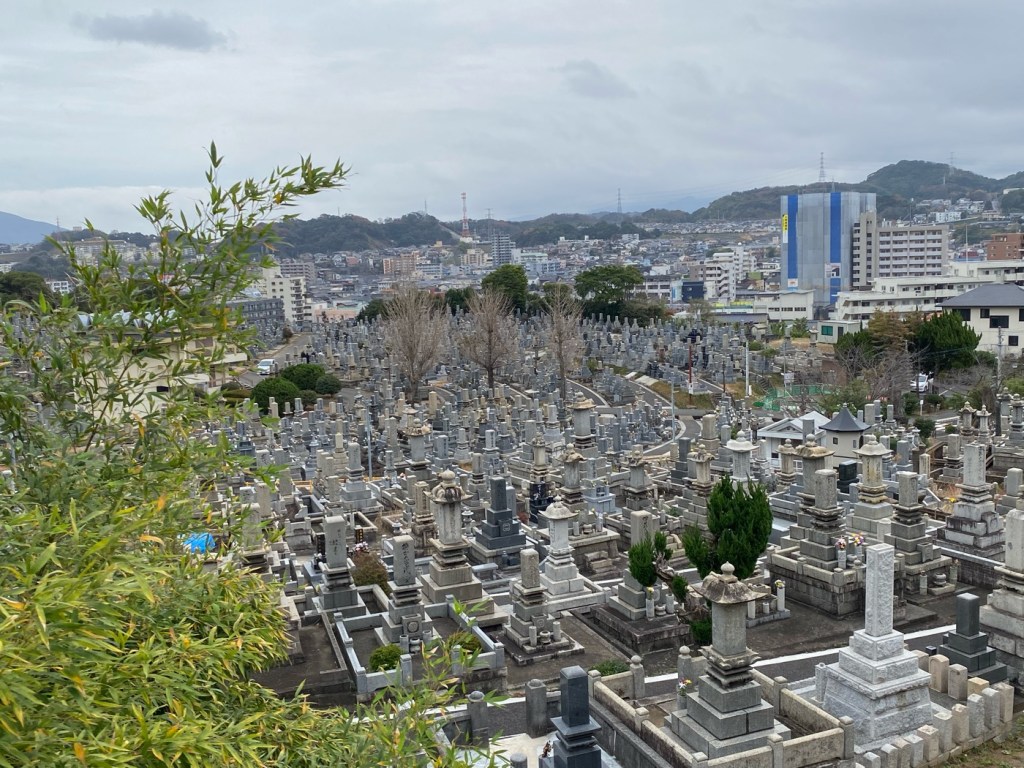
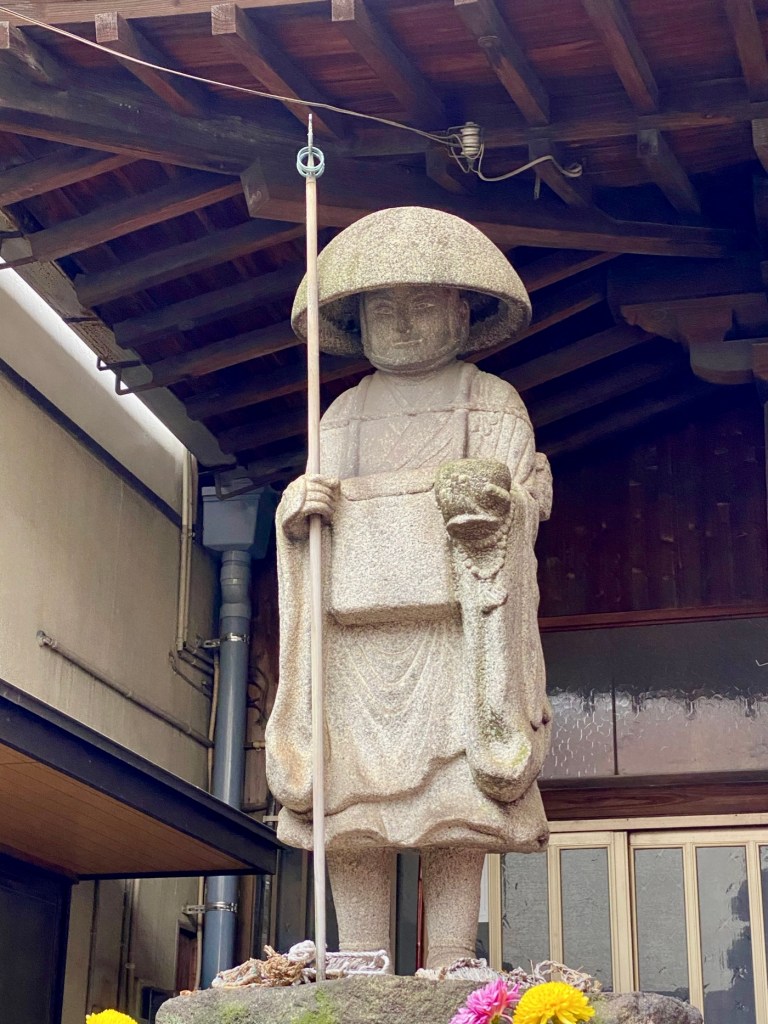
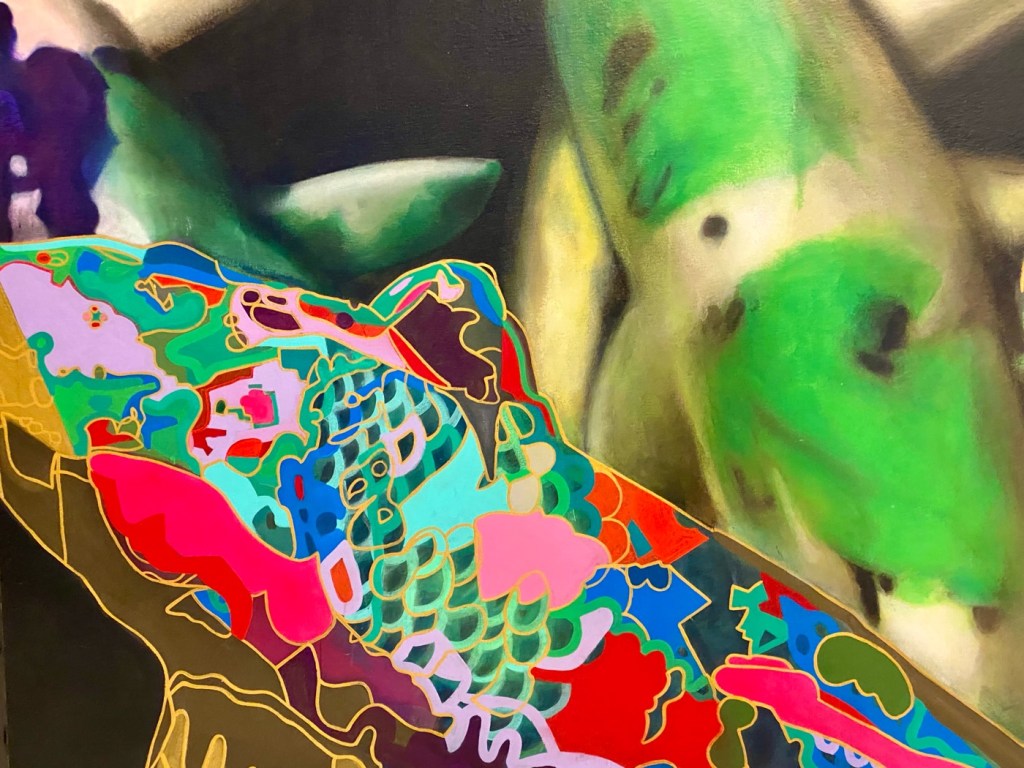
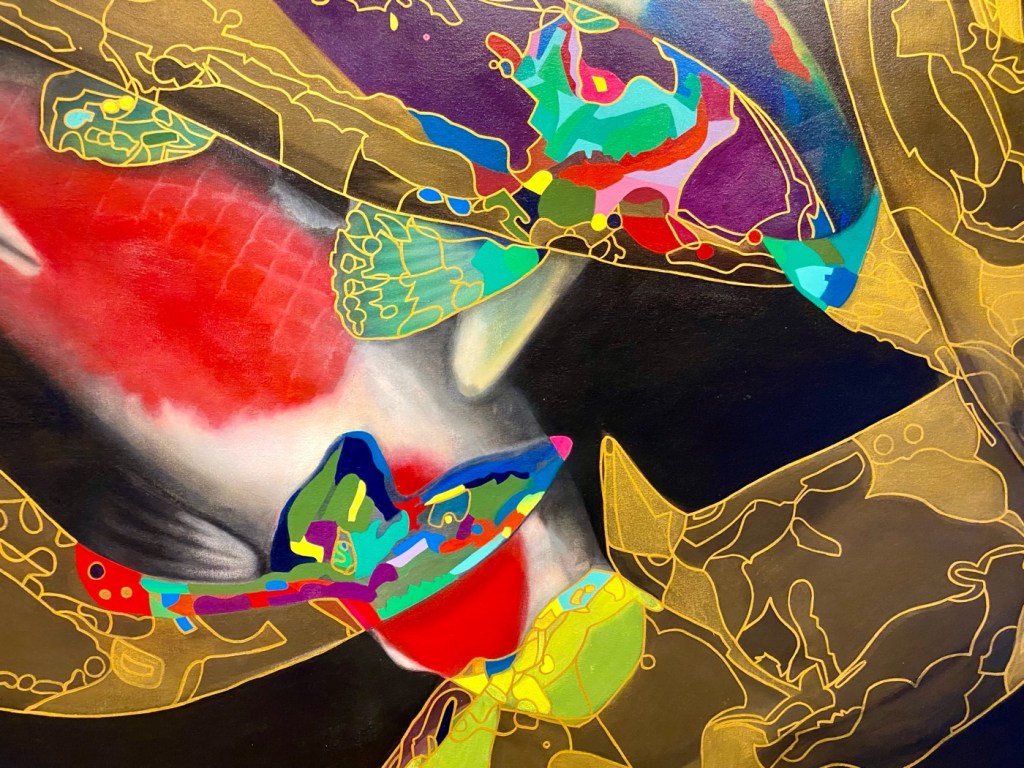
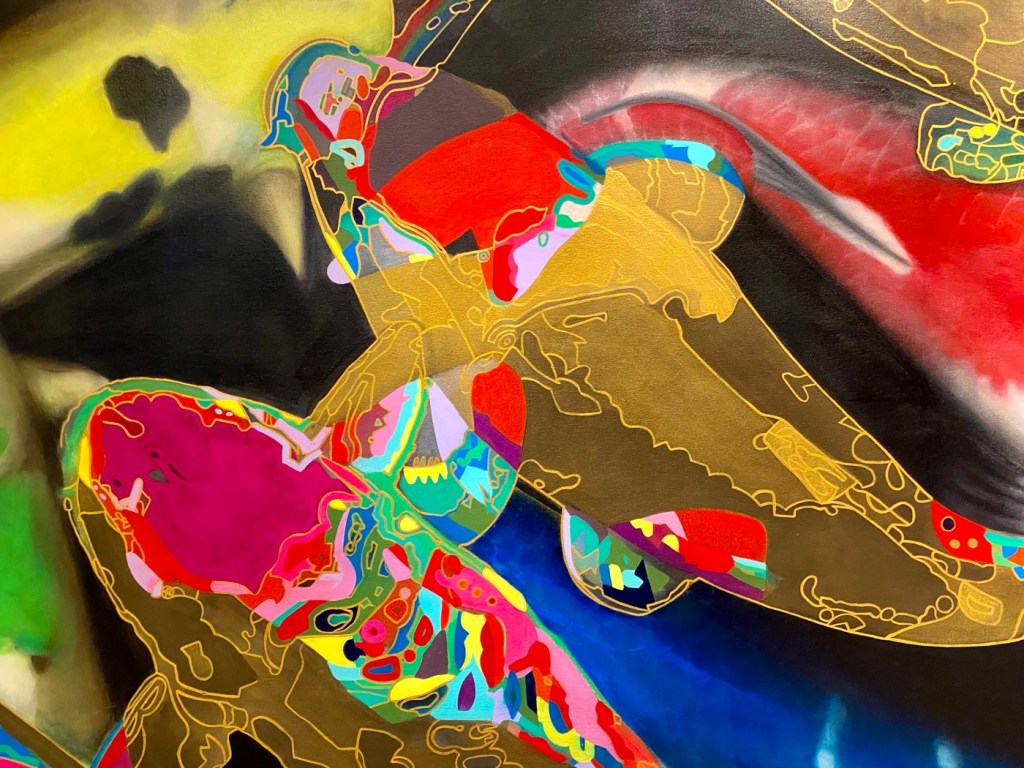
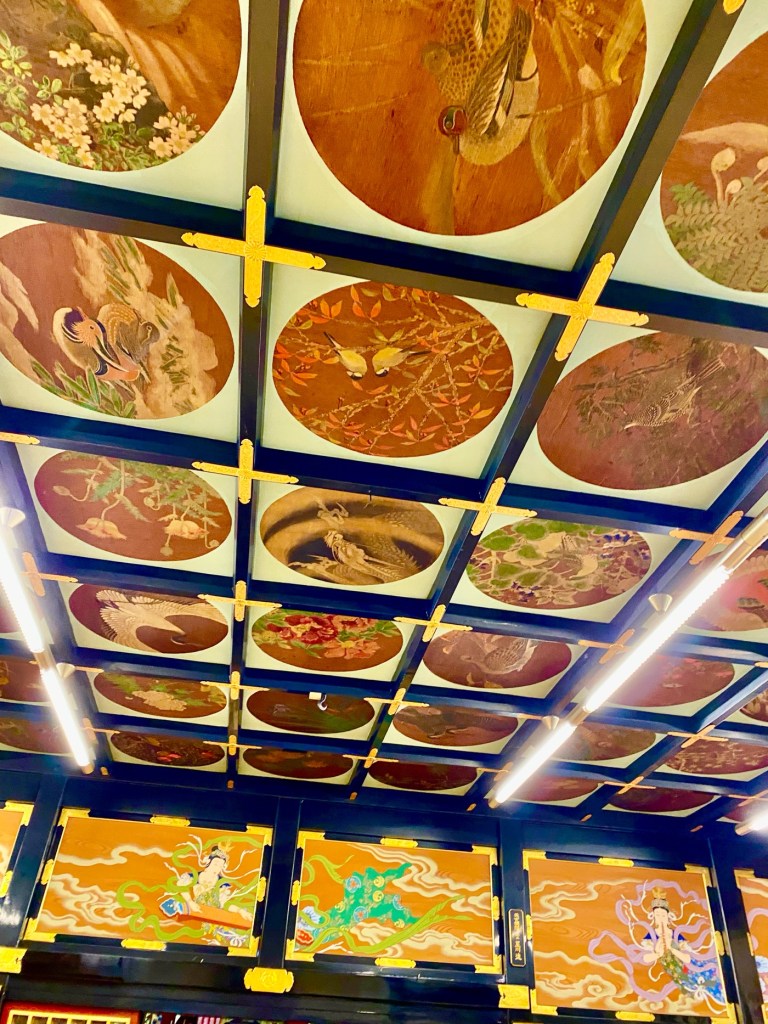
Day 81 - Visiting Three Temples In Kokura, and Many Other Thoughts, The Kyushu 108 Temple Pilgrimage, Japan
We started our day with a good breakfast, which is always nice on the colder days of a pilgrimage.
We won’t have to be on the lookout for places that serve something warm that we could eat or drink.
I ate a salad, a vegetable soup with steamed rice and a variety of pickles, a cooked dish of chopped carrots and burdock, some natto (fermented soybeans) and a few slices of fruit.
Our plan for today was to try to reach the three temples located around Kokura city, and if we had time before sunset and the upcoming rain that was forecast, to do some sightseeing around Kokura.
We had been to Kokura before as tourists, and visited most of the sights, so sightseeing here was not a priority on this pilgrimage.
The days are getting very cold and snow is forecast in the next few days, but we are almost at the end of our pilgrimage and we are determined to finish strongly.
We went to the first temple right after breakfast.
Temple #92, Oharayama Fudoin (Dagen-san, Fudoin).
It is a very big temple located in a rural corner of a busy street full of commercial businesses, manufacturing and dealerships.
Fudoin temple stands quietly in the peaceful countryside, in a valley on the southwest side of the Moji Peninsula.
We were surprised by the vast temple’s grounds, with a few newly renovated halls.
The office was another large building, and a friendly woman stamped our book and scroll and gave us a package of gifts which included loose tea, amulets and snacks.
We prayed in the main hall for world peace, for harmony in the world, and mostly for my sister, who is currently going through a rough time.
Moji was the gateway port from the main island of Japan, Honshu, to Kyushu, and was a place that connected the Sea of Japan with the Seto Inland Sea.
Because of its strategic location, it was a key place where clans battled for control of the port and the transportation.
The area was first under the control of the Toyokuni Clan (Buzen county), and later it was established as Moji county, under the control of the Moji clan.
After that, the Moji Peninsula became a battlefield between the Ouchi, Mori, and Otomo clans.
From the years 1587 to 1637, different clans controlled the region.
The temple was established by a man called Kaiki Shingyoku, who was born into a local wealthy farming family.
In 1863, he grew worried about the repeated natural disasters that occurred frequently in the area, and he made a commitment to become a monk.
He threw away his material possessions and attachments and went to practice as an ascetic by a waterfall.
In 1899, he trained hard under Koryoji Miyamoto, the chief priest of Toyotsu Kokubunji Temple in Kyoto.
After his training, he established a temple.
In 1915, the temple was relocated to the location where it stands today.
It is said that he worked hard every day to turn over the bad Karma (bad fate) that was believed to be the cause of the disasters in the area, and aimed to save even one person who was suffering.
He lived a happy, long life.
He was locally known as the cheerful monk.
I couldn’t help but think that maybe this is the real secret for good health and longevity… could being truly happy, optimistic and cheerful be the cause?….
The gardens of the temple have old growth silver Osmanthus flowering plants and beautiful old Ginkgo trees.
I adore the leaves of the ginkgo tree.
In the fall season, they turn a striking golden color.
They carpet the grounds with their beautiful Japanese fan-shape.
There are also rare Buddha statues, such as an earless Jizo and a jawless Jizo enshrined in the gardens.
From there, we went to a small urban temple in the central part of Kokura, Temple #18, Mt. Enmei, Tokusenji (Emmezan, Tokusenji).
It is a temple that is used frequently by the local community, and the smoke of incense rises every morning and evening.
It is a small city temple where we saw a few old men praying very devotedly in front of each statue.
A thought came to my mind that maybe their wives were in a hospital, or maybe they had recently passed away, and the old men were still adjusting to their new life situations, and dealing with their grief.
They did look grief stricken, not like people who just visit sacred places.
Across from the temple, there is a busy hospital, and during the time we were there, I saw many ambulances unload people on stretchers, some looking in critical condition, and release people from the hospital, wheeling them out on wheelchairs.
A hospital is a sad place.
It is a place where one could become sober about bad lifestyle choices like smoking and drinking.
So many people still smoke or vape, drink alcohol or take medication qqqqfor depression, moods and many health conditions that could be treated by a better diet and better life choices.
So many people do not realize how harmful it is to rely on substances to control their minds or their health, and how sad and tragic it is to end up in emergency care or worse.
But it is not just bad habits that affect our health.
Our mental state has a huge influence on our mental and physical health.
The two are linked together like links in an iron chain.
A sour disposition leads to a sour stomach or an ulcer or worse.
A negative outlook on life and disregard for the precious lives of others lead to problems, accidents or short lives for ourselves.
Being too critical of others and of ourselves, or being very unhappy with the state of the world, be it political, social, economics, or environmental, leads to depression and sadness within ourselves.
We cannot escape our thoughts, beliefs and feelings.
We always live within the environment that they create.
It is SO VERY important to do all that you can to focus on the happy things in life, the simple things, and to remember to be grateful.
Be grateful for all that you are and for the people in your life.
The quality of your life depends on it.
There are always good things to notice and to see, if you simply refuse to see what is wrong and what is ugly.
We rang the bell of the temple, because we couldn’t see the stamps anywhere.
A young monk opened the main hall for us to pray inside and stamped our book and scroll.
The main hall had beautifully painted flowers on the ceiling, done by a painter from Tokyo.
The priest chatted with us about the paintings, pointing out the different flowers.
The temple was founded in the Taisho era by Saeki Shinkai.
The Taishō era was the period dating from 1912 to 1926.
Emperor Taisho was the son of the Meiji emperor.
The new emperor was a mentally and physically sick man, which prompted the shift in political power from the old oligarchic group of elder statesmen to the elected National Diet and the democratic party.
Thus, the era is considered the time of a more liberal movement.
The temple was moved to its current location in Tobata city, but it is still known as "Enmeizan Tokusenji Temple" where it was first established.
As we departed, the monk pointed to boxes by the entrance that were full of treats and bottles of tea.
He said that we could take whatever we wanted as an Osetai (gifts for pilgrims).
We thanked him and picked some mochi to have later with our tea.
From there, we walked to Temple #17, Dogamine Amida-in.
The name translates to “What do you think, Buddha?”
It is a beautiful temple with a great pagoda, located on top of a steep hill overlooking the city of Kokura.
Amida-in Temple was first established in 1239 as a sub-temple of Mt. Daigo-ji Temple.
It was known as Sohonzan Daigo-ji Temple and it was located in the neighborhood of Fushimi, in Kyoto City.
During the Onin War that occurred in 1467, Daigo-ji Temple was damaged and afterwards it continued to decline.
During the Keicho era, 1596 to 1615, Daigo-ji Temple was rebuilt by the samurai ruler Hideyoshi Toyotomi, who was a believer in the faith and the priest.
It is said that in the time of Hideyoshi, the temple became a famous cherry blossom viewing spot.
The temple was moved to Kokura Kitakyushu in the year 1868.
It is said that even the tatami mats were transported here, because they were considered lucky and sacred.
The heavy set monk was sitting in the office, wearing only his undershirt.
He was typing on his computer when he saw me approaching. He slid open the window for a few seconds, told me to wait a moment and called out to his mother to open the door.
A lovely old woman opened the door and told us that we are welcome to go up to the temple’s main hall.
She took the keys and followed us up the steep path.
She stamped our book and scroll while we chanted the Heart Sutra and prayed.
She made hot tea and laid it on a table that was arranged to welcome visitors.
Each tea cup had a matching plate near it, with traditional sweets on it.
She chatted with us about our pilgrimage, because she was surprised to see that we had not come by car.
She said that she had never heard of anyone attempting to walk the Kyushu pilgrimage and that she could see from our scroll that we were nearly finished.
She gave us gifts and packed the cookies that we didn’t eat in a plastic bag, saying that it would rain soon.
As she escorted us down the hill, we met other visitors who had come to the temple.
She told them about our walk around Kyushu and how we had walked other pilgrimages in Japan, including the Saigoku, the Chugoku, and the Shikoku, and how well we chanted the Hanya Shingyo that even Japanese people could not memorize.
I almost felt embarrassed, as she sang our praises, as a mother who is so proud of her children would do.
Except that my own mother and family think of us as crazy people, going to far away places, wasting time and money in useless pursuits.
“You can walk in Colorado”, says my Mom, “Why go all the way to Japan to walk”?
The rain, which was just a drizzle, had become a downpour, and we quickly wrapped the book and scroll in plastic and covered our pack with a rain cover.
The lady asked if we needed umbrellas and rushed to give us two, but we reassured her that we had umbrellas with us.
It rained all afternoon and into the evening.
In Kokura, we decided to walk to an electronics store to buy an HDMI cable which would enable us to watch Netflix, as we will be heading to Bali to dive and relax after the pilgrimage.
We thought that because of the cold weather, if we went back to the hotel, it would be very unlikely that we would go out for dinner.
It would be best if we sat in the Starbucks cafe until we were hungry, and then eat dinner before we returned to the hotel.
During our rest in the Starbucks, we debated what we wanted to eat.
We used to love Japanese food, but eating sushi and fish dishes every day, started giving my mouth sores.
The only way for me to get rid of those painful mouth sores was to stop eating any kind of fish.
We thrive on a vegan diet and both of us feel healthy and strong when our diet consists of only fresh fruits, fresh juices, vegetables and grains.
We also feel that eating a very monogamous diet is a bit boring for us, and in rural Japan all we could eat were the same dishes over and over again.
Japan has strict policies about immigration that prevent people from coming to live and work here.
As a result, there is no diversity of restaurants either.
In Kokura, there are no ethnic restaurants except for Vietnamese and Thai, most run by Japanese people who happen to love that cuisine,
We decided on a Thai restaurant that had gotten good reviews.
The restaurant was packed with customers, and it was run by a sweet couple.
The old husband was the chef and the wife took orders and served the succulent dishes. We didn’t mind it taking a long time to eat our dinner. The place was warm and lively.
The Thai food was delicious and we chatted with the friendly couple who were indeed Japanese, and had been to Thailand only once.
“We only went to Bangkok”, said the wife, “and we didn’t even see any of the tourist sights, we just ate and ate Thai food all day, so we could become familiar with the cuisine and get ideas for the restaurant”.
Sending you love and spices,
Tali
Stats: 18,001 steps
Today’s walk: 12.5 km
Kilometers walked to date: 1372.5 km
Temples visited:
Temple #92 Oharayama Fudoin (Dagen-san, Fudoin)
Temple #18 Mt. Enmei, Tokusenji
Temple #17 Dogamine Amida-in